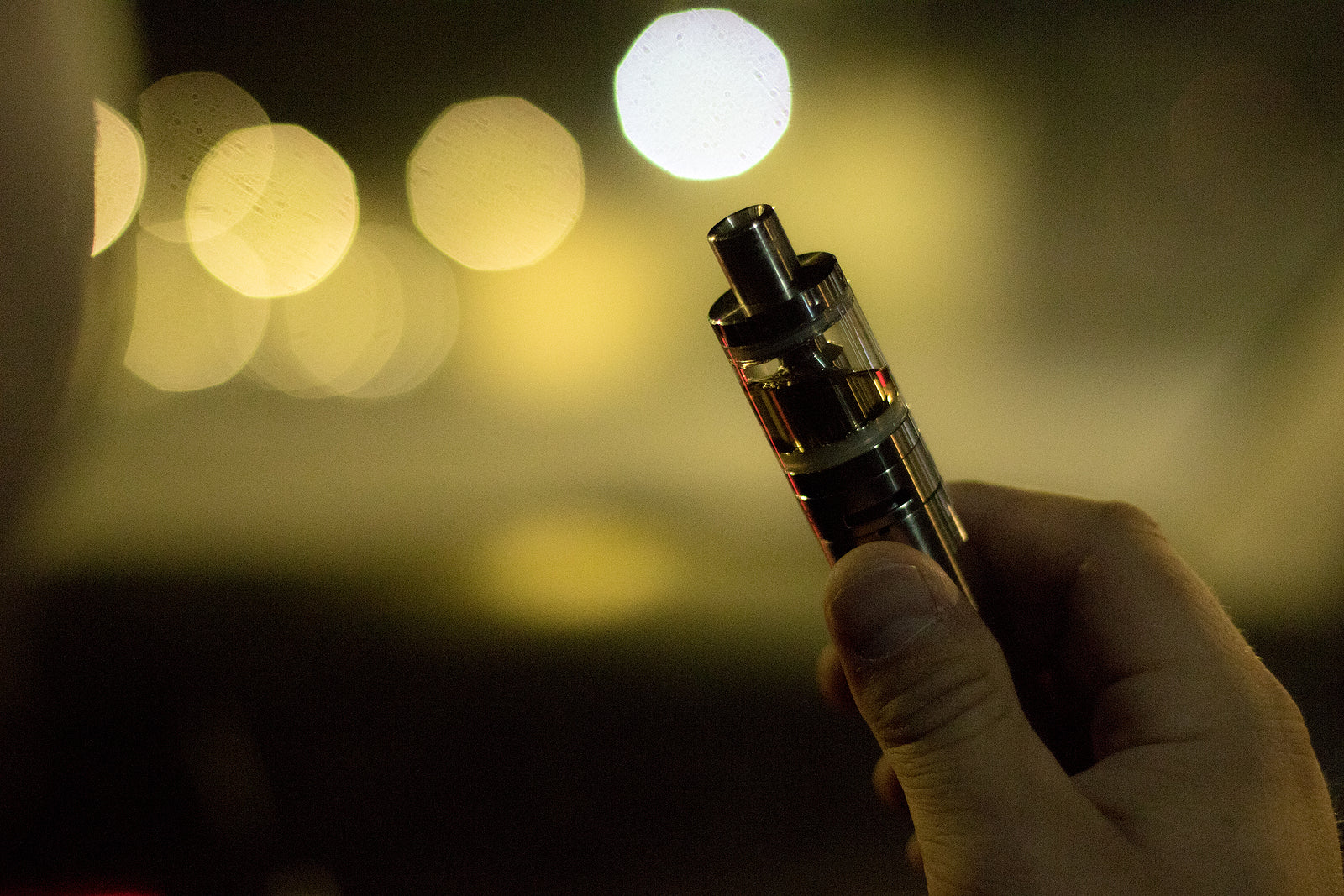In the 2020s, vaping is a far more common sight to many people than smoking is, with people far more likely to buy a disposable or refillable product from a vape supplier than a pack of cigarettes from a tobacconist.
Most suppliers and wholesalers entering the market typically thank Dr Hon Lik for their business, as he was the man who developed the first modern e-cigarette in 2003 and is credited with the majority of the developments that made the modern industry possible.
Whilst Dr Hon Lik is a critical figure in the world of e-cigarettes, he was not the inventor of the concept, nor even the first to bring it to market.
In fact, from the first prototype vape patent in 1963, there were five whole decades where attempts to create an alternative and save the millions of lives unnecessarily lost to lung cancer caused by smoking, only one vaping product actually made it to store shelves.
It was not electronic, but it was based on the same principles as e-cigarettes and had serious potential to kickstart the vaping revolution three decades early, if not for various factors that stifled it before it had a chance to prove the market as we know it today exists.
Doing Us A Favour
That original patent from 1963 by Herbert Gilbert is similar to the device used today, although due to the fact that smoking was still so popular that The Flintstones of all TV shows did advertising sponsorship spots for cigarette brand Winston, he believed there wasn’t a market.
Even a decade later, it was quite a different story, with the evidence that cigarettes significantly increase a person’s risk of contracting lung cancer, a lot of people were attempting to quit smoking.
Given that the first nicotine gum products did not arrive until the 1980s, however, it was particularly difficult to do so for people who were not either wealthy enough to pay for support or had a relatively light smoking habit.
This opened the door for Dr Norman Jacobson and Phil Ray to develop an alternative based on the core principle that vaping (and all nicotine replacement therapy) was built upon.
The idea is that the ingredient that makes tobacco products highly addictive is not related to the thousands of other ingredients that make it deadly.
So if you provided an alternative way to supply nicotine that satisfied that craving without the tar and all of the other byproducts in the smoke, you could potentially save lives.
With that Favor Smokeless Cigarettes were born and were surprisingly popular for the brief time it was on the market, even coining the term “vaping” decades before its time, but then several issues emerged at once.
The first was that the original design of the product used pure liquid nicotine, which was quite volatile and would turn into the bitter metabolite cotinine.
This was unpleasant, but the bigger issue is that the Food and Drug Administration sent a letter considering it to be a new, unregulated drug, which effectively banned it outright.
